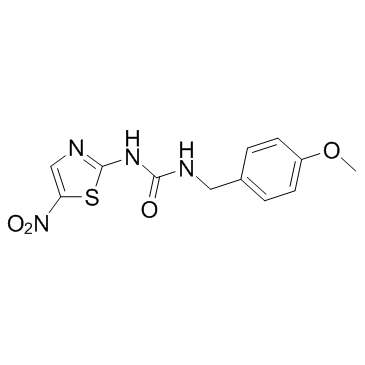| 结构式 | 名称/CAS号 | 全部文献 |
|---|---|---|
 |
IC 锂标准品
CAS:7447-41-8 |
|
 |
1,1'-双十八烷基-3,3,3',3'-四甲基吲哚菁高氯酸盐
CAS:41085-99-8 |
|
 |
N-(4-甲氧基苄基)-N'-(5-硝基-1,3-噻唑-2-基)脲
CAS:487021-52-3 |
|
 |
肿瘤坏死因子-α 人
CAS:94948-59-1 |